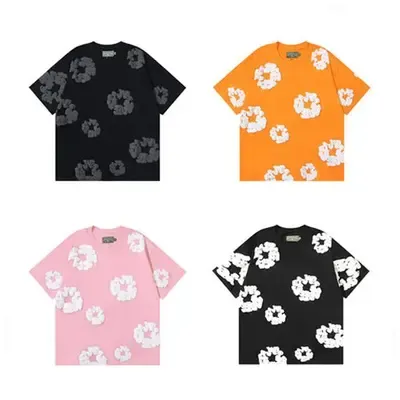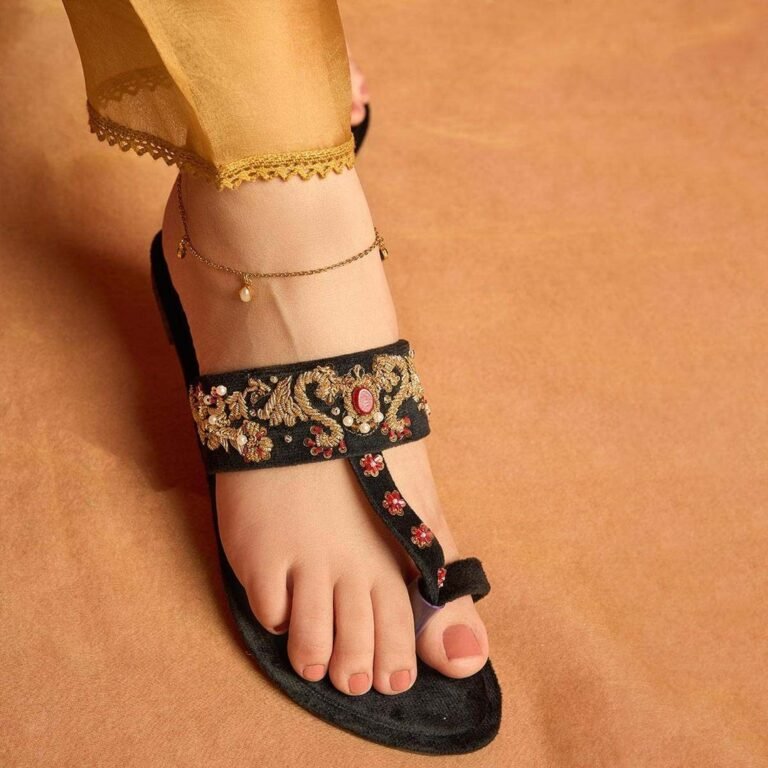Denim Tears: Fashion and the Power of the Denim Tears Shirt
Denim Tears, created by visionary designer Tremaine Emory, stands at the intersection of art, memory, and activism. It redefines fashion as a form of storytelling that speaks to Black heritage and identity. Among its most symbolic creations, the Denim Tears Shirt embodies this mission—transforming threads of history into fabric of resistance and pride.
The Historical Fabric of Denim Tears
Denim’s story is inseparable from colonial histories of exploitation and inequality. Once a textile associated with European workers, denim was soon used to clothe enslaved and indentured laborers across the colonies. Its durability masked a deeper narrative of labor and suffering. Denim Tears confronts this history head-on, using the same material once tied to oppression as a tool for liberation. Each garment is not just clothing—it’s a cultural statement that honors resilience while challenging historical erasure.
Tremaine Emory’s Vision of Reclamation
Fashion as Cultural Archaeology
Tremaine Emory uses fashion as a form of reclamation and remembrance. Through Denim Tears, he unearths stories erased from mainstream archives and restores their place in collective consciousness. His designs frequently reference the cotton trade, transforming painful legacies into symbols of empowerment.
Denim as Political Expression
By incorporating imagery such as slave ships, liberation flags, and Pan-African motifs, Emory turns denim into a protest piece. Every pair of jeans, jacket, or Denim Tears Shirt becomes an artifact of remembrance and resistance—an act of reclaiming identity through creativity.
The Sacred Symbolism of the Cotton Wreath
At the heart of Denim Tears’ design language is the cotton wreath, a haunting yet healing symbol. Once a reminder of enslavement and forced labor, the wreath now represents rebirth and endurance. Embroidered onto denim, it sanctifies the struggles and triumphs of Black labor. The circular form reflects the ongoing cycle of remembrance, turning trauma into sacred art and strength.
Redefining Streetwear as Decolonial Expression
Streetwear as Language
For Emory, streetwear is more than style—it’s a decolonial language. Through collaborations with Levi’s, Converse, and Stüssy, Denim Tears transforms streetwear into a form of intellectual and cultural discourse.
From Commerce to Consciousness
By integrating historical imagery into mainstream collaborations, Denim Tears pushes critical conversations into global fashion spaces. It challenges Eurocentric beauty standards, asserting that style and politics can coexist—and that clothing can be a tool of liberation.
Remembering Through Material Resistance
Every item produced by Denim Tears functions as a living archive. The distressed textures and hand-crafted details mirror the endurance of cultural memory. Wearing a Denim Tears Shirt is an act of participation in history—a refusal to forget. Emory’s approach invites reflection on the question: How can design serve as memorial? Through fashion, he transforms mourning into resilience and history into hope.
The Intersection of Faith and Freedom
Religious iconography—crosses, halos, and celestial motifs—often appears throughout Denim Tears collections. Emory reinterprets these sacred visuals to represent freedom and spiritual resistance. His fusion of African and Christian symbolism expresses the collective journey of Black spirituality toward liberation. Through this artistic theology, every Denim Tears piece becomes a prayer stitched in fabric—a statement of survival and divine creativity.
Building a Global Diasporic Connection
Denim Tears reaches beyond borders, engaging artists from Africa, the Caribbean, and the Americas. Each collaboration strengthens diasporic unity and global awareness. Through fashion shows, exhibitions, and social media, these designs circulate across continents, spreading messages of connection and cultural pride. The Denim Tears Shirt, like many of Emory’s designs, becomes a bridge between worlds—a wearable link between history, art, and identity.
Archiving as an Act of Revolution
Emory transforms the traditional archive into a living, breathing conversation. Instead of preserving history in static form, Denim Tears revives it through garments, visuals, and shared stories. This active engagement turns fashion into an alternative historical record—one that belongs to the community rather than institutions. In doing so, Emory challenges who has the authority to document and define history.
Fashion as Education and Activism
Every Denim Tears collection doubles as a form of pedagogy. Each garment carries historical lessons, urging wearers to think critically about labor, race, and art. Emory’s fashion shows are not just displays—they are classrooms. The Denim Tears Shirt, when worn, embodies awareness and solidarity, proving that protest does not always need slogans—it can be sewn into the very fabric we wear.
The Future of Decolonial Fashion
Denim Tears represents a turning point in modern fashion. Its message is clear: clothing can be both art and activism. By redefining production, storytelling, and identity, Emory’s work paves the way for future designers to create with conscience. The Denim Tears Shirt symbolizes this movement—a future where fashion tells the truth, heals wounds, and celebrates shared humanity.
Conclusion
Denim Tears is more than a brand; it’s a movement. Tremaine Emory’s vision transforms fashion into resistance, turning denim into a medium of remembrance and empowerment. Each Denim Tears Shirt carries within it the echoes of struggle, the strength of culture, and the beauty of reclamation. Through his work, Emory reminds the world that dressing can be more than a statement of style—it can be an act of liberation and historical justice.
Disclaimer
This article is for informational and artistic interpretation purposes only. We do not represent or hold any affiliation with the Denim Tears brand or its designer. Readers are encouraged to verify details through official sources. We are not responsible for any issues, misunderstandings, or consequences arising from the use or interpretation of the content presented here.






